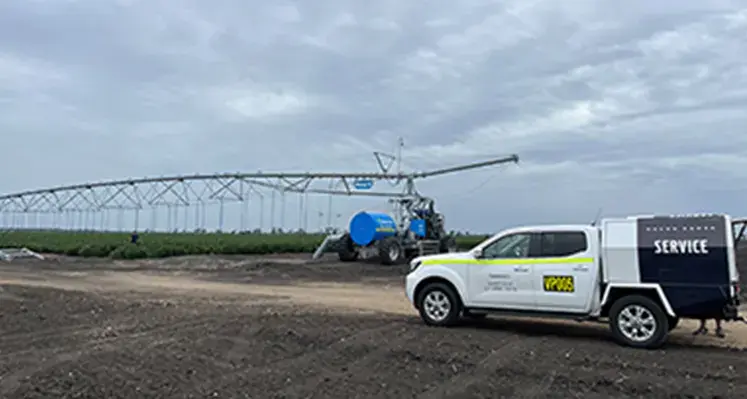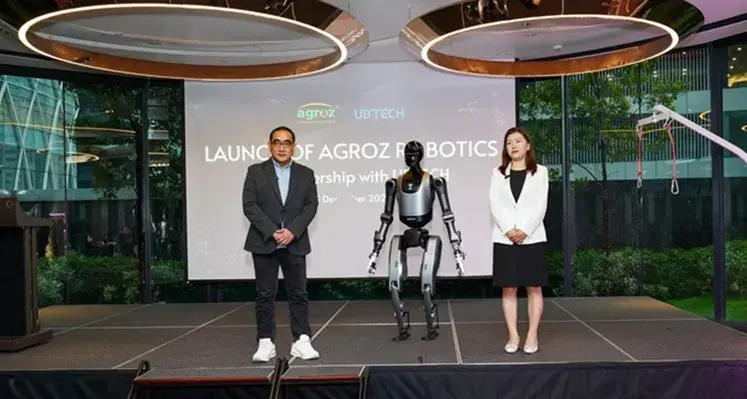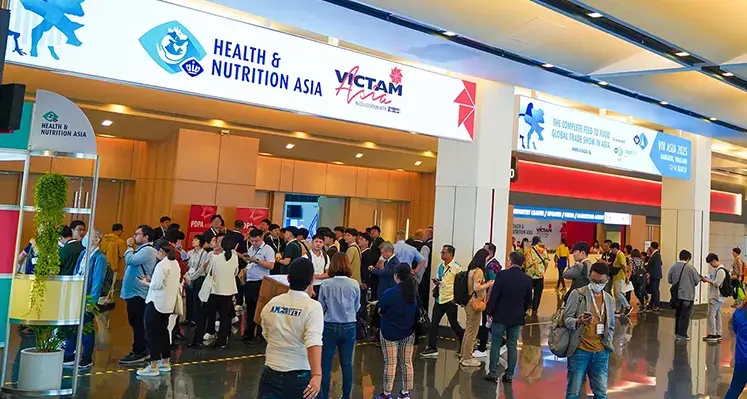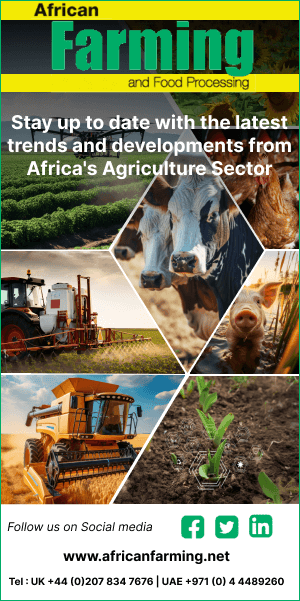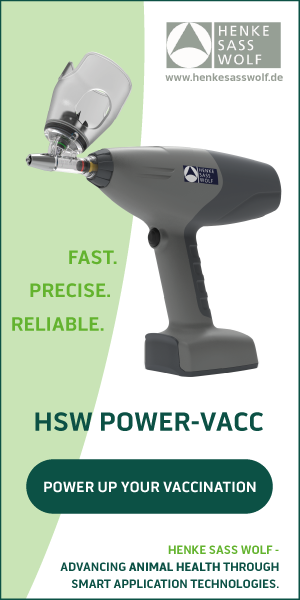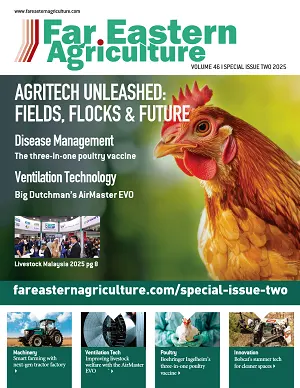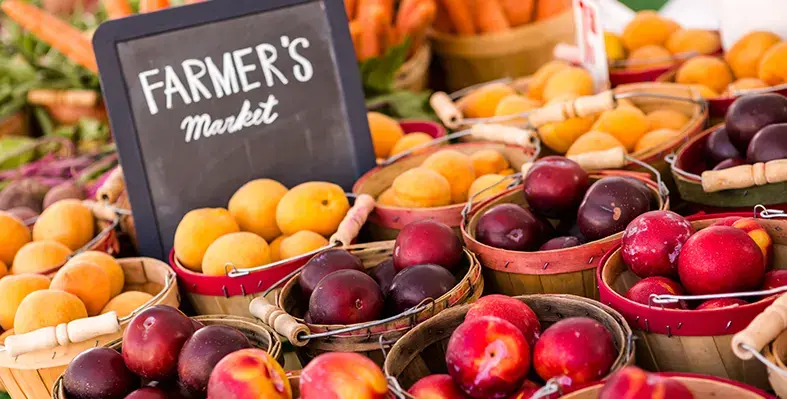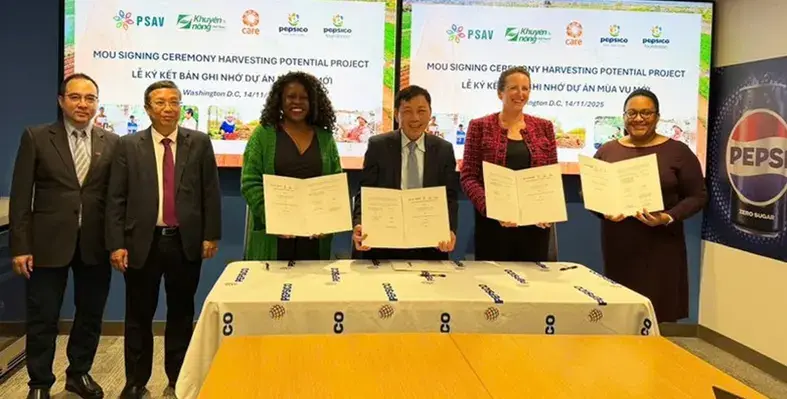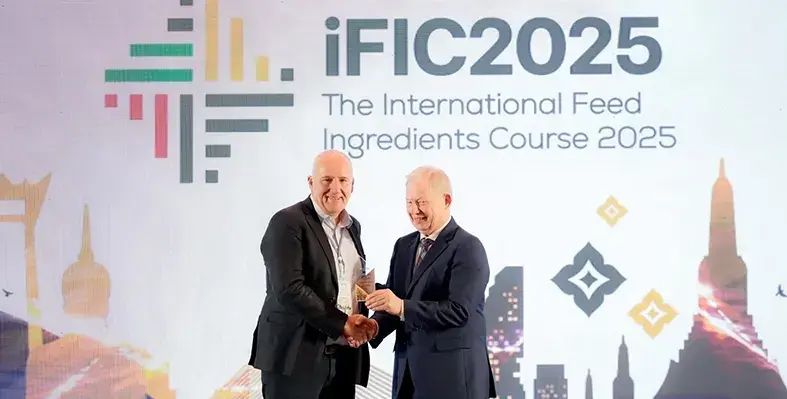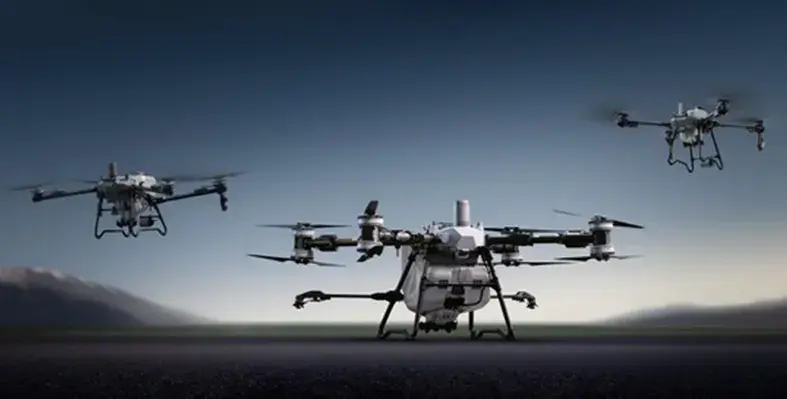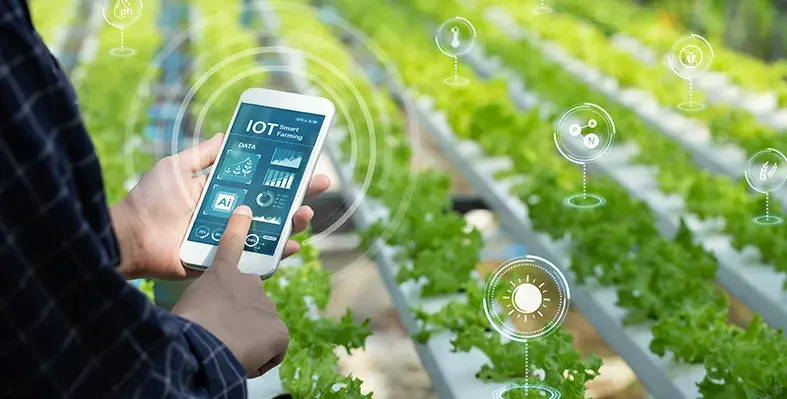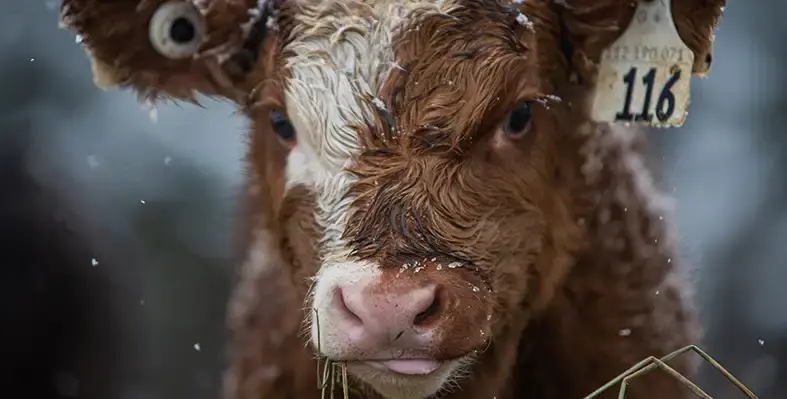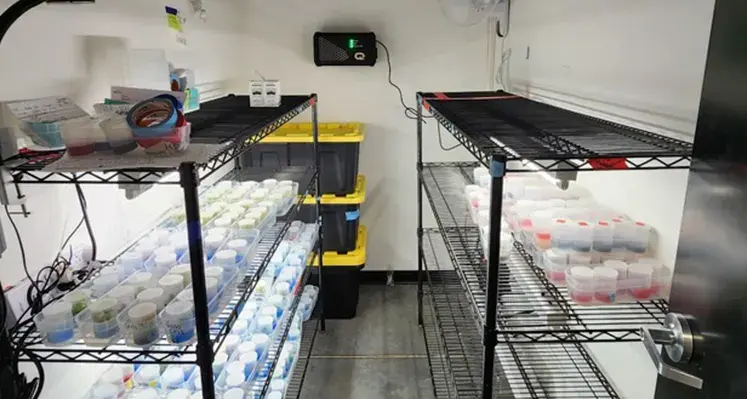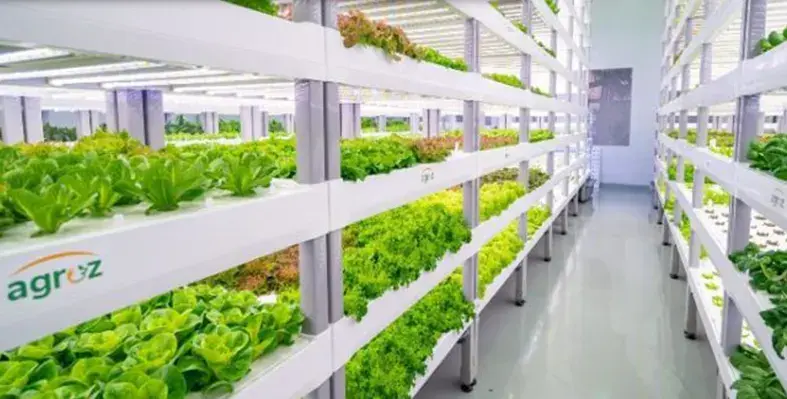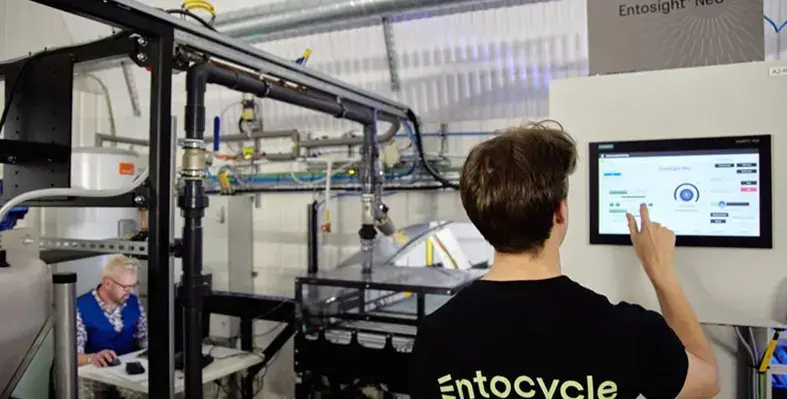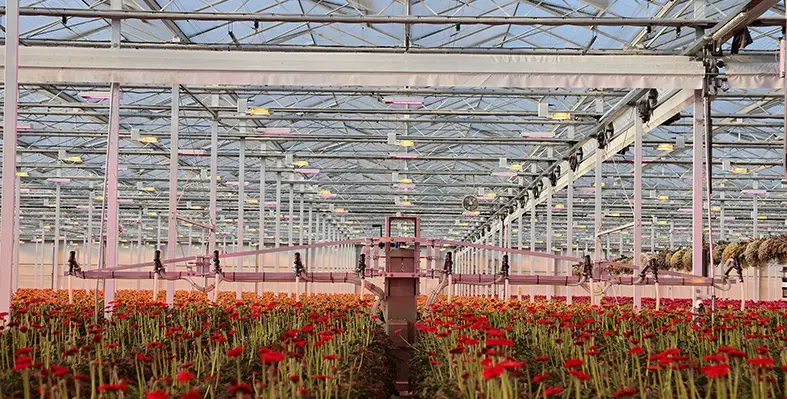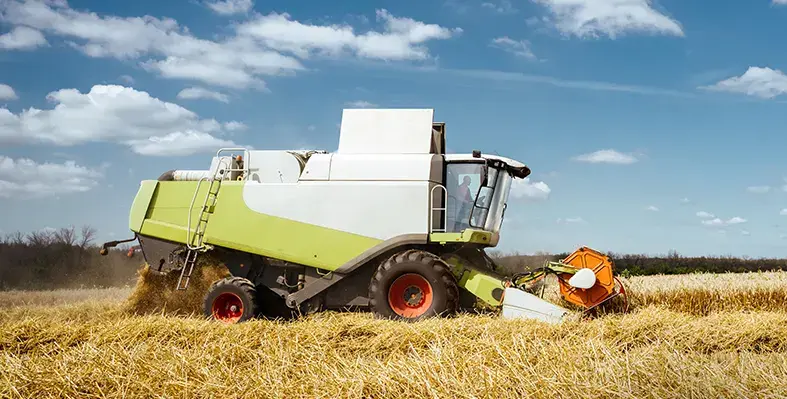In The Spotlight
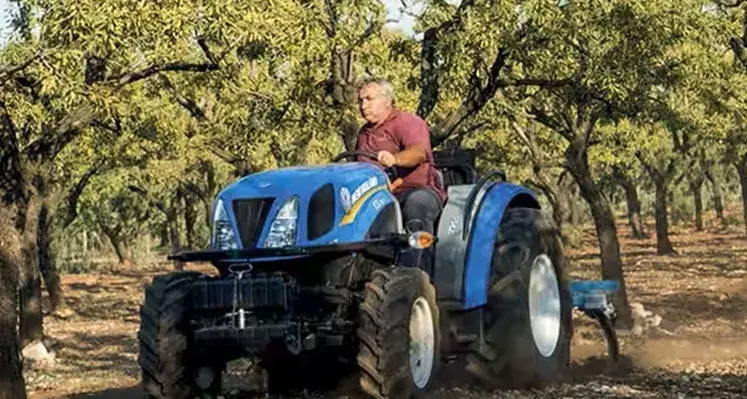
The latest generation of Braud harvesters demonstrates impressive versatility across a wide range of vineyard structures. (Image credit: New Holland)
New Holland Agriculture continues to set new standards in modern viticulture with its acclaimed Braud grape harvester range - a series celebrated globally for precision, productivity and long-lasting reliability.
Built on decades of specialist expertise, the Braud brand has become synonymous with exceptional grape-harvesting performance, and under the New Holland umbrella it remains a trusted partner for winemakers seeking both efficiency and gentle crop handling.
Each Braud harvester reflects a signature blend of engineering excellence and vineyard-friendly design. The machines are created to treat vines with care while delivering powerful harvesting capability, ensuring that grapes are collected cleanly and with minimal damage. This focus on protecting fruit integrity directly enhances vineyard productivity and supports the production of higher-quality wines.
The latest generation of Braud harvesters demonstrates impressive versatility across a wide range of vineyard structures. With both high-capacity and extra-high-capacity models, including the popular 9000 L and 9000 X series, the range adapts effortlessly to narrow boutique vineyards, expansive commercial estates, and even sloped terrain. Their advanced systems such as the industry-proven Noria basket conveying system, optional destemmer technology, and innovative side-conveyor configurations ensure consistently clean, gentle and efficient fruit handling.
This adaptability makes Braud harvesters an ideal choice for growers looking to streamline operations while maintaining strict quality standards. Backed by a global legacy and trusted by thousands of vineyard operators, these machines are built to deliver season after season, reducing labour needs, improving harvest speed, and preserving overall vine health.
Engineered for durability and operator comfort, the Braud range combines robust construction with intuitive controls, offering ease of use without compromising on precision. The result is a harvester that not only boosts productivity but also supports sustainable agricultural practices, helping vineyards reduce waste and optimise long-term output.
Choosing a Braud grape harvester means investing in a heritage of innovation, reliability and world-leading vineyard technology giving growers confidence in every harvest and reinforcing New Holland’s reputation as a champion of next-generation viticulture solutions.
Aquaculture Vietnam 2026 and VietShrimp Asia 2026 proudly extend a warm welcome to partners, visitors, customers, and members of the media as they prepare to host one of the most influential international aquaculture events in Asia.
Set against the backdrop of Vietnam’s rapidly advancing fisheries industry, the co-located exhibitions promise to deliver unmatched opportunities for innovation, collaboration, and global market expansion.
With more than 3,200 km of coastline, rich marine biodiversity, and a vast network of rivers and canals, Vietnam holds remarkable natural advantages for fisheries development. Over recent years, aquaculture has become a powerful economic pillar supporting food security, generating employment, and driving export growth.
According to the Department of Fisheries, the first half of 2025 saw total fisheries output reach 4.5 million tonnes, a rise of 3.1% compared with 2024. Aquaculture contributed 2.57 million tonnes—nearly 60% of total production. Export turnover climbed to US$5.25bn, up an impressive 19.5% year-on-year. Although full-year forecasts expect a slight decline from 2024, export value will still reach US$9–9.2bn, with shrimp leading at US$3.6–3.8bn, followed by pangasius, tuna, and other key aquatic products.
Despite its strong rebound, the industry continues to face challenges including underdeveloped logistics, fragmented production, and increasingly strict global standards on traceability, sustainability, and food safety. These pressures highlight the urgent need for digital transformation, technology adoption, and value chain integration. Priorities include advanced environmental monitoring, recirculating aquaculture systems, and smart farming techniques that align with national development plans such as Decision 389/QĐ-TTg (2024).
For the first time, Aquaculture Vietnam 2026 and VietShrimp Asia 2026 will be co-located, creating a powerful platform that unifies the entire fisheries value chain from broodstock, feed, and farming equipment to seafood processing and global export solutions. This landmark collaboration marks a new chapter for the industry, offering a comprehensive environment for knowledge exchange, investment, and innovation.
VietShrimp, established in 2016, brings a decade of success as Vietnam’s leading shrimp and fisheries event. Now, in partnership with Aquaculture Vietnam and hosted in Ho Chi Minh City by Informa Markets, the exhibition will expand its reach and influence across the region.
The 2026 edition will be the largest to date, showcasing 200+ exhibitors, attracting 7,000+ professional visitors from over 30 countries, and covering 8,800 m² of exhibition space. Attendees will discover cutting-edge aquaculture technologies, sustainability solutions, inspection services, digital tools, and value chain optimisation systems.
The event will also feature conferences, technical seminars, business matchmaking, roadshows, and specialised support for farmers—ensuring that participants gain actionable insights and real business opportunities.
Join the journey of innovation and sustainable growth at Aquaculture Vietnam 2026 & VietShrimp Asia 2026, held from 11–13 March 2026 at the Saigon Exhibition and Convention Center (SECC), Ho Chi Minh City.
Visitor registration is now officially open for VIV Health & Nutrition Asia 2026, the region’s must-attend gathering for professionals shaping the future of animal feed, nutrition, pharmaceuticals, and health technologies.
Taking place from 10–12 March 2026 at the Bangkok International Trade & Exhibition Centre (BITEC), the event returns with an expanded programme and a renewed focus on innovation across the entire animal protein value chain.
Co-located once again with VICTAM Asia, the 2026 edition will bring together industry leaders, researchers, technology providers, and decision-makers from across Asia and the global marketplace. Over three days, attendees can expect an immersive experience designed to support business growth, showcase product breakthroughs, and facilitate meaningful connections within the fast-evolving animal feed and health sectors.
As the region’s essential platform for animal nutrition and health innovation, VIV Health & Nutrition Asia will present a comprehensive view of the industry from feed ingredients and functional additives to pharmaceuticals, genetics, veterinary solutions, and cutting-edge health technologies. The partnership with VICTAM Asia reinforces the event’s reach, combining VIV’s international network with VICTAM’s established expertise in feed processing and milling technology.
This powerful collaboration will see more than 300 exhibitors presenting their latest products, systems, and technological advancements. Attendees will have access to live demonstrations, detailed product displays, and expert guidance on next-generation solutions in feed efficiency, animal health management, and sustainable nutrition. With over 9,000 visitors expected, the event remains a vital destination for discovering new suppliers, forming strategic partnerships, and staying ahead of market developments.
A highlight of the show is its three-day conference programme addressing the region’s most pressing challenges. Morning plenaries will set the stage for in-depth, species-specific sessions covering poultry, swine, aquaculture, and cattle. Key themes include antibiotic reduction, feed system resilience, biosecurity, digital health, alternative ingredients, circular production models, and emerging policy frameworks. The event will conclude with a regional dialogue centred on shared commitments to feed self-sufficiency and sustainable disease management.
Bangkok continues to serve as an ideal host city-a dynamic business hub with exceptional connectivity across ASEAN, China, South Asia, and beyond. Its modern facilities, cultural richness, and strong agricultural industry links make it the perfect backdrop for networking and knowledge exchange.
Early registration allows visitors to avoid queues, access exclusive updates, and begin scheduling meetings before arriving. Participants are encouraged to register now via www.vivhealthandnutrition.nl to plan their visit and make the most of this essential industry event.
-
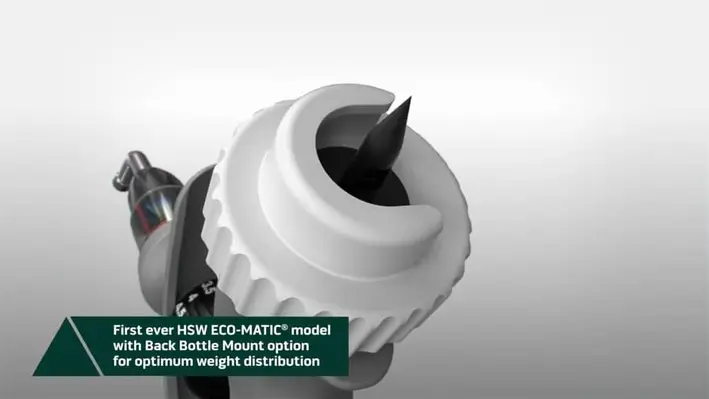
HSW ECO MATIC® 6ml _ 10ml (for injection, oral and pour-on application)
Hyderabad, India
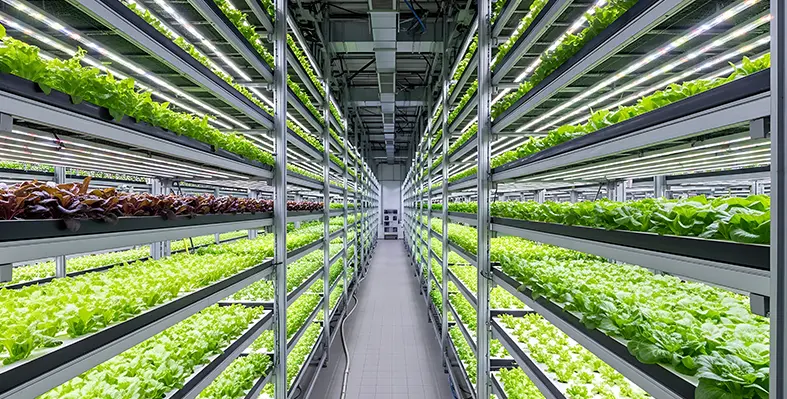
BKCC aims to transform this reality by rethinking the vertical farming structure from the ground up.
Farmers Lab Ltd. of Korea has unveiled a groundbreaking advancement in controlled-environment agriculture with the launch of its BK Conveyor Culture (BKCC) system — a horizontally revolving vertical farming technology designed to address one of agriculture’s most urgent challenges: labour shortages.
As farming communities age and younger generations increasingly avoid work that involves harsh weather, long hours or inconsistent income, both traditional and indoor farms are struggling to find workers. Even modern vertical farms continue to depend heavily on manual labour, with fixed-rack systems requiring operators to climb ladders, stretch to reach upper trays and move repeatedly between narrow aisles.
BKCC aims to transform this reality by rethinking the vertical farming structure from the ground up. Instead of having workers move around the farm, the BKCC system rotates the trays horizontally, bringing crops directly to the operator. Planting, irrigation, harvesting and cleaning can all be carried out comfortably from a standing or seated position, reducing physical strain and improving overall safety. This human-centred approach allows farmers of all ages to work more efficiently, more comfortably and with far less risk.
The system has demonstrated the potential to reduce labour requirements by up to 70%, while also achieving 80% water savings compared to traditional fixed-rack vertical farming operations. BKCC’s simplified workflow reduces fatigue, increases output stability and produces more uniform crops thanks to consistent environmental control.
Operating within a carefully managed indoor environment, the BKCC system uses hydroponic precise irrigation, energy-efficient LED lighting, fully clean and soilless production and an intuitive IT dashboard for monitoring. Optional AI-driven growth analysis provides further insight for farmers looking to optimise yield and resource efficiency. These features make BKCC suitable for a wide variety of crops, including microgreens, leafy vegetables, sprouts, animal fodder and virus-free nursery plants destined for greenhouses or open-field transplanting.
The system has already proven its performance through successful trials and commercial operation in both Korea and Singapore, carried out through collaborative research and development partnerships. With consistent output and reliability demonstrated in real-world settings, new installations are now underway in Australia and additional international markets, signalling BKCC’s growing global presence.
Created with a strong social mission in mind, BKCC reflects the company’s philosophy: “Pride for Farmers, Future for Youth.” The technology supports older farmers by making agricultural work physically manageable, while offering younger generations a compelling entry point into clean, high-tech, sustainable farming. As many fixed-rack vertical farms struggle with complexity and rising operational costs, BKCC provides a simpler, safer and more accessible solution tailored to practical farming realities.
The Philippines is intensifying its efforts to ratify a landmark international treaty aimed at protecting marine biodiversity in areas beyond national jurisdiction (BBNJ), reinforcing its commitment to ocean conservation and sustainable marine resource management
The Department of Agriculture (DA) has pledged full support to the Department of Foreign Affairs (DFA) in promoting the Senate’s concurrence to the Agreement on the Conservation and Sustainable Use of Marine Biological Diversity of Areas Beyond National Jurisdiction (BBNJ). Signed under the framework of the United Nations Convention on the Law of the Sea (UNCLOS), the BBNJ treaty addresses the conservation and equitable use of marine resources in high seas and other regions beyond exclusive national control.
Although Ferdinand Marcos Jr., President ratified the agreement in 2024-a year after its global adoption - the treaty still requires Senate concurrence before the Philippines can officially participate.
Francisco P. Tiu Laurel Jr., Agriculture Secretary emphasised the agreement's relevance for the Philippines, said, “The BBNJ Agreement is crucial for conserving and sustainably managing marine biodiversity in areas beyond the Philippines’ jurisdiction, allowing the country to safeguard its rich marine ecosystems while ensuring fair access to and equitable sharing of benefits from marine genetic resources.”
As a nation composed of over 7,000 islands and located near areas beyond national jurisdiction (ABNJ), the Philippines has a strong stake in the treaty’s success. It was an early signatory and active participant in the negotiation process, aligning with global conservation goals and the principles of the 2016 South China Sea Arbitration Award.
Undersecretary for Fisheries Drusila Esther Bayate stressed the strategic timing of the ratification: once approved by the Senate, the Philippines will be eligible to participate in the first Conference of Parties (COP1). This milestone event is expected to take place shortly after 60 countries submit their ratification instruments to the United Nations. As of late August, 55 nations have completed the process, with momentum building towards reaching the required threshold during the UN General Assembly from September 23–26.
The BBNJ treaty represents a critical tool for archipelagic nations like the Philippines—not only to influence global marine governance but also to safeguard marine ecosystems, promote fair benefit-sharing, and support the livelihoods of coastal communities reliant on ocean resources.
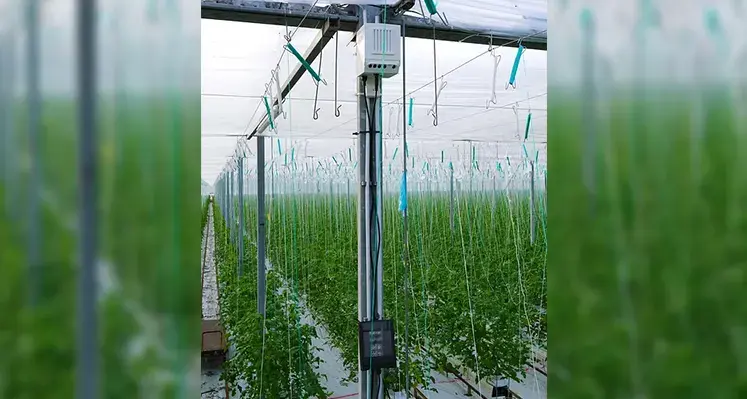
PATS’ data-driven approach is also helping reveal regional and national pest patterns. (Image credit: PATS)
Growers across the world are set to step into 2026 with a powerful new advantage: earlier and more accurate detection of four major moth pests, thanks to an upgraded PATS-C monitoring model.
From the start of the year, users of this cutting-edge system will gain faster insight into early pest pressure, enabling them to intervene long before caterpillar damage takes hold an increasingly vital capability as chemical control options become more restricted.
The newly enhanced model is the result of years of intensive data collection combined with invaluable on-the-ground feedback from growers. PATS has built this breakthrough on over half a million recorded insect flights and more than 12,000 minutes of visual reference data across eight key crops, including tomato, bell pepper and gerbera. Each report of a false positive helps refine the system further, and with hundreds of companies worldwide contributing standardised data, the accuracy continues to strengthen for the entire industry.
At the core of the upgrade is the ability of PATS-C to capture the unique flight paths of each moth, generating precise biometrics that allow the model to differentiate between pest species with remarkable accuracy. The update specifically supports early identification of four of the most economically damaging pests: Tomato looper moth (Chrysodeixis chalcites), Tomato leafminer (Tuta absoluta), European pepper moth (Duponchelia fovealis) and Banana moth (Opogona sacchari). These pests threaten vegetables, fruit crops and ornamentals globally making accurate detection essential for preventing damaging outbreaks.
With PATS-C already deployed in more than twenty countries, this update marks a major step forward for global crop protection and greenhouse pest management. The timing could not be more significant: from 1 January 2026, growers will face tighter restrictions on crop protection products, reducing the availability and flexibility of chemical solutions. In this landscape, early detection and real-time monitoring become critical tools for maintaining healthy crops.
The new model also strengthens predictive capabilities. Integrated with PATS-Vinder, the system can forecast the appearance of the first caterpillars up to seven days before hatching. This allows growers to plan labour, biological controls and interventions with pinpoint accuracy something traditional pheromone traps simply cannot achieve. Many early pest generations slip through unnoticed using older tools, often leading to severe outbreaks later in the season.
PATS’ data-driven approach is also helping reveal regional and national pest patterns. As Bram Tijmons from PATS said,"A significant moment occurred on the first real hot night of 2025, when large numbers of Tomato loopers entered nearly all monitored greenhouses across the Netherlands, Belgium and Germany. This enabled us to send highly targeted warnings to vegetable growers. The response was remarkable: both users and non-users immediately recognised the first signs of increased pressure and were able to act accordingly."
New PATS-C users will begin with the upgraded system immediately, while existing users will transition gradually, with all installations updated by early January. With stronger forecasting, real-time insights, and earlier alerts, growers now have a powerful, sustainable tool to stay one step ahead of moth pests throughout 2026 and beyond.
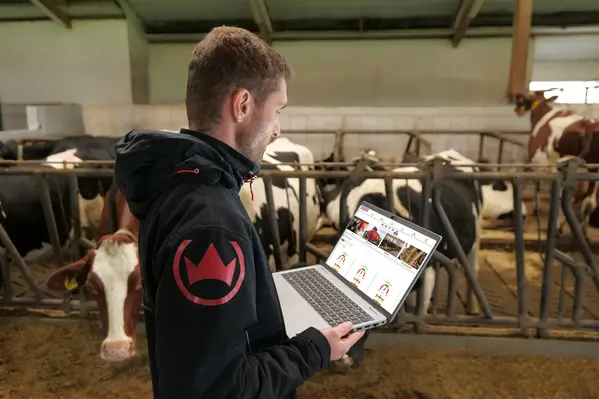
Feeding Management offers significant cost savings, improved transparency of feeding programs.(Image credit: SILOKING)
SILOKING’s Feeding Management platform is transforming livestock nutrition by combining precision, transparency, and convenience in one digital solution
Designed for users of SILOKING Data and Wireless weight systems, this web-based feeding tool enables farmers to manage feed rations, monitor costs, and optimise mixing accuracy—all from any internet-connected device. Best of all, it is included free of charge with compatible SILOKING hardware, making advanced feeding management accessible to modern farms.
The platform operates through four key steps: planning rations, executing feeding operations, controlling results, and driving success. During the planning phase, farmers can define feed components, including dry matter and costs, create custom animal groups or unloading points, and build tailored loading and unloading programs. During feeding, actual loads are captured automatically, mixed, and recorded, with data export available in Excel or PDF formats for easy archiving and reporting.
Control and monitoring are enhanced through precision comparisons of target versus actual feed loads, time-filtered reports, and detailed consumption analyses. These insights feed directly into performance metrics such as feed cost per kilogram of milk, feed efficiency, and concentrate efficiency, helping farms reduce waste and improve productivity.
Being fully web-based, Feeding Management eliminates the need for manual updates and allows access via PC, tablet, or smartphone, whether on the farm, in the office, or even remotely. Optional SIM-based mobile data transfer from on-machine weight systems ensures real-time documentation and seamless integration with SILOKING hardware.
Beyond operational benefits, Feeding Management offers significant cost savings, improved transparency of feeding programs, and enhanced compliance with dairy industry regulations and quality assurance programs. By aligning feed mixes with planned rations and analysing load data, farms achieve higher efficiency and better animal performance while minimising waste.
Designed with direct input from farmers, the platform features intuitive dashboards, intelligent recipe management, and actionable analytics, making deviations easier to identify and corrective measures simpler to implement. SILOKING Feeding Management is more than software—it’s a comprehensive tool for smarter feeding and better farm management, bringing precision, efficiency, and profitability to modern livestock operations.




